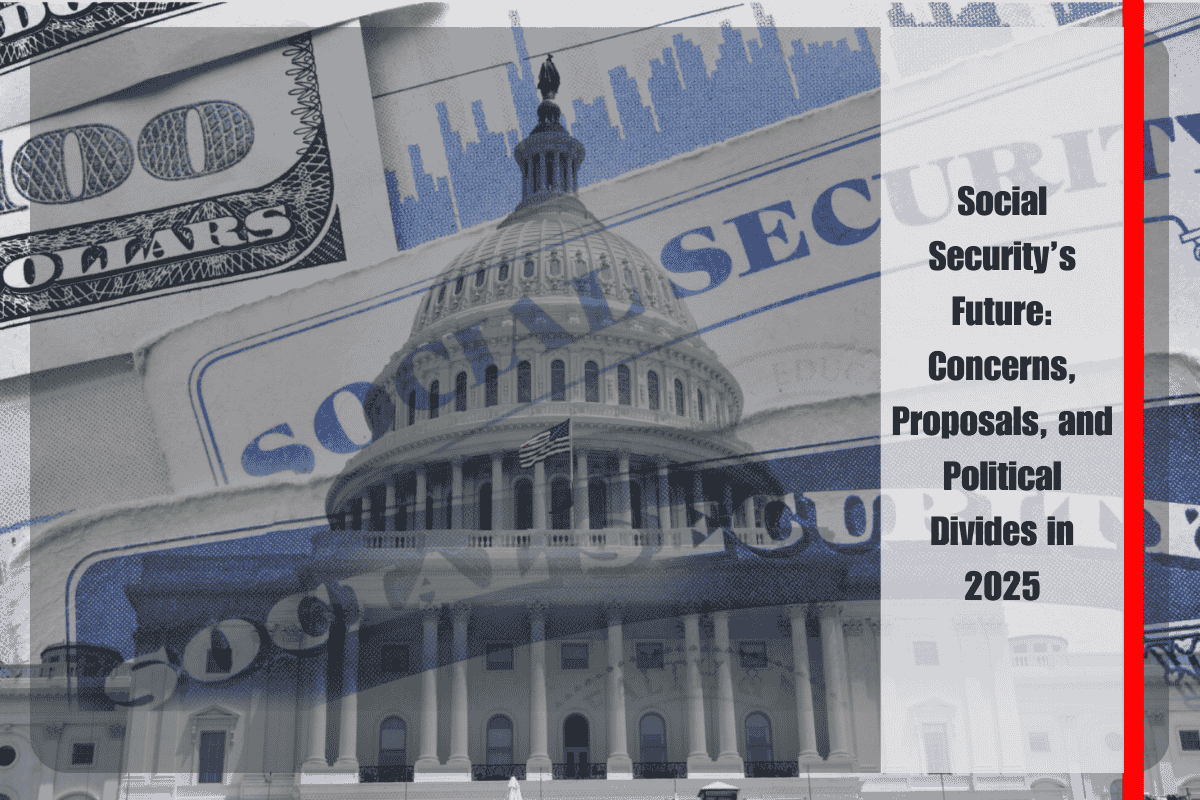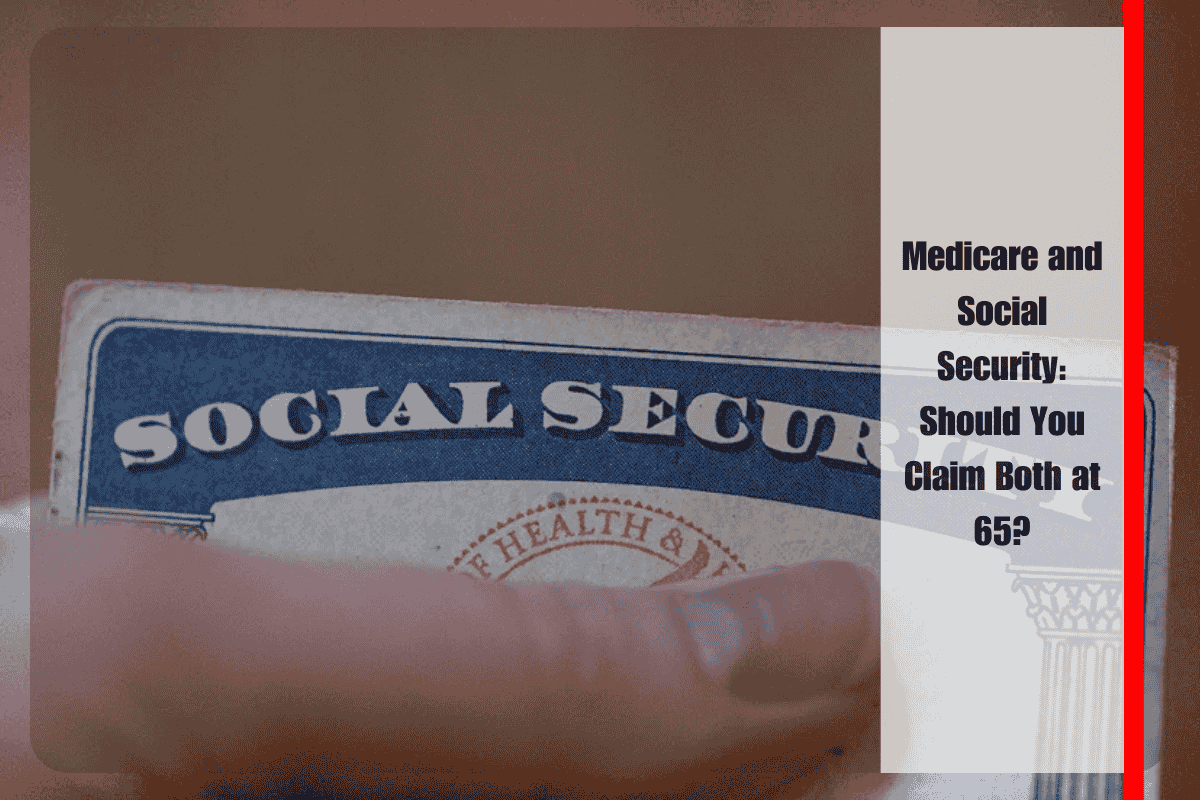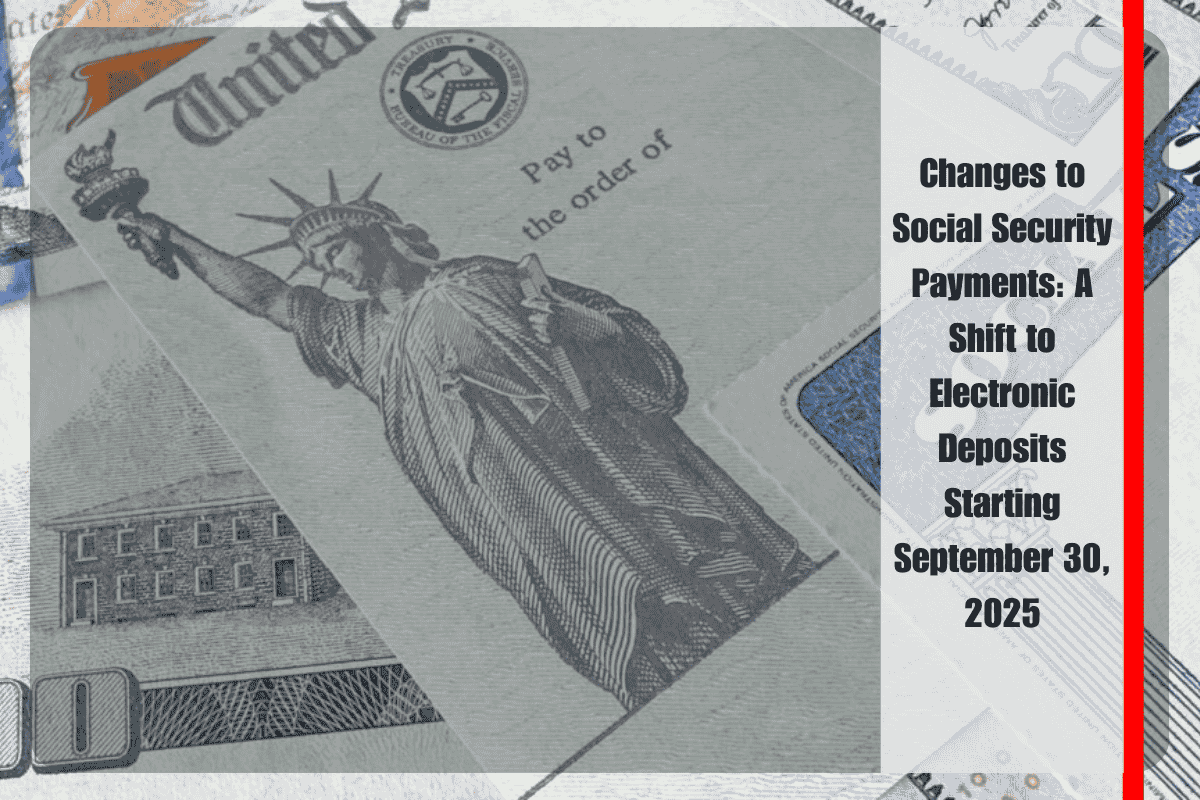Understanding when your Supplemental Security Income (SSI) comes each month can be confusing, especially when weekends or holidays shift the schedule. But don’t worry—there’s a clear system set by the Social Security Administration (SSA) that ensures your money arrives on time. While SSI payments usually come on the 1st of each month, there are times when you might receive two payments in one month and none in the next. It’s all part of the plan and nothing to worry about.
Let’s break down the 2025 SSI payment calendar, so you know exactly when to expect your money and how to plan your budget better.
The Basic Rule: What If the 1st Falls on a Weekend or Holiday?
Normally, SSI payments are sent out on the 1st of each month. But if the 1st lands on a Saturday, Sunday, or a federal holiday, the SSA sends the payment early, usually on the last working day of the previous month.
This early payment rule ensures you’re never left waiting for your money. However, this can make some months look like you got a “double payment,” and others look like you skipped a check. In reality, you’re still receiving one payment per month—the dates just shift.
2025 SSI Payment Schedule: What to Expect
Here’s how this rule affects the SSI schedule in 2025:
Months With Two Payments
These are the months where you’ll see two deposits in your account, because one is being paid early:
May (includes June’s payment)
August (includes September’s payment)
October (includes November’s payment)
December (includes January 2026’s payment)
Months With No SSI Payment
In these months, you won’t see any deposit, because you got it early in the previous month:
January (paid in December 2024)
June (paid in May)
September (paid in August)
November (paid in October)
So if you feel like a payment is missing, check if it came early. The SSA sticks to the rule, even if the calendar seems a bit tricky.
Why the Amount Can Be Different for Everyone
In 2025, SSI payments got a small boost due to the Cost-of-Living Adjustment (COLA)—a 2.5% increase. Here’s the updated maximum payment:
$943 per month for a single person
$1,415 per month for a couple receiving SSI
But remember, these are the maximum amounts. Most people get less, because SSI is based on your financial need. The SSA looks at your income and resources to decide how much you’ll get.
If you’re getting money from other sources or own valuable things, your SSI check may be smaller. They check:
Your monthly income – For individuals in 2025, if you earn more than $1,971/month, you may not qualify.
Your resources – You can only have up to $2,000 in countable resources (like savings, investments, second vehicles, etc.). Couples can have up to $3,000.
Your main home and one vehicle are usually not counted, which is a relief for many.
Who Can Apply for SSI?
To qualify for SSI, you must:
Be at least 65 years old, or
Be blind or have a disability that keeps you from working and is expected to last at least one year or lead to death
Meet the financial rules above
Be a U.S. citizen, or fall into certain qualified non-citizen categories (like green card holders, refugees, or military veterans)
If a child is applying, the SSA also looks at the parents’ income and resources, which makes things a bit more complex.
How to Apply for SSI Easily
You don’t need to stress about applying. You have options:
The fastest way is to go online to the SSA’s official site: ssa.gov/apply/ssi
If you’re applying for a child, need help with documents, or have health issues, it’s better to call the SSA directly:
Phone: 1-800-772-1213
TTY for hearing-impaired: 1-800-325-0778
Make sure to call early. The day you call can be counted as your official application date—this affects when your payments begin and how much back pay you might receive.
Understanding your SSI schedule helps you stay in control of your money. In 2025, don’t get confused if two payments show up one month and none the next—it’s just how the calendar falls. The payment is still monthly, even if it arrives a little early. Knowing the rules helps you plan better and avoid panic. If you’re thinking about applying, don’t wait. Check your eligibility, gather your documents, and reach out to the SSA. A little preparation today can bring peace of mind for the rest of the year.












